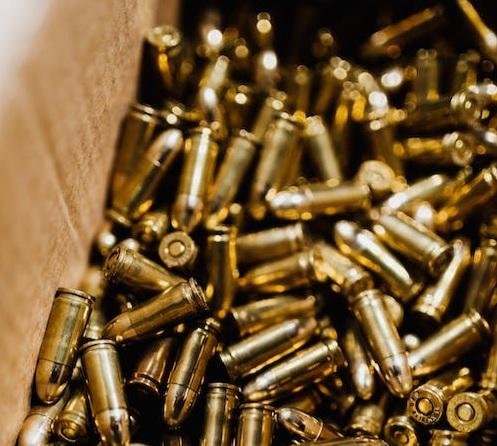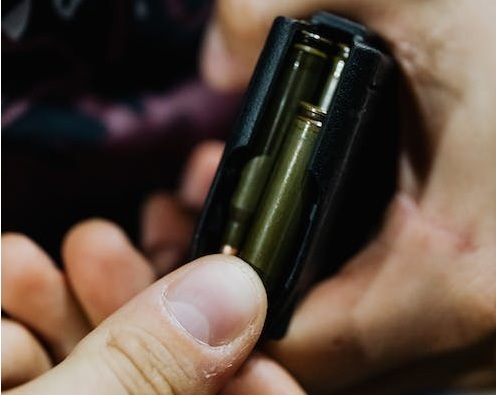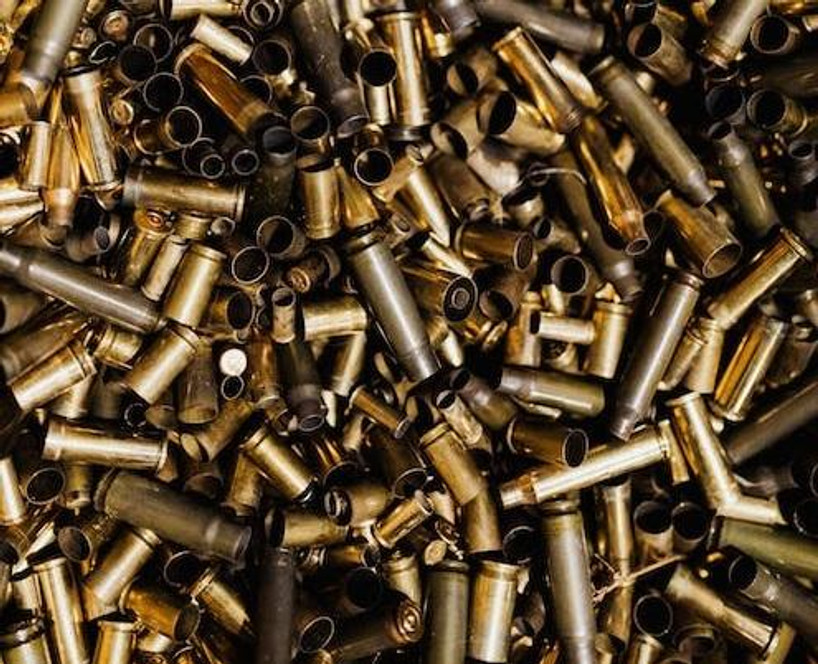Bucky Wilder here. You know, I recently posted my thoughts on recoil, how to calculate it, and how to control it.
I learned all the hifalutin equations in that post by the bye during my time as a custodian at Harvard where it was my custom to loiter about the math department.
You know what else you pick up hanging around a place like that? A bit of background on economics. It is math-based, after all.
There’s a reason I bring this up. One of the things I hear customers clamorin’ about, time and time again, is the price of ammo.
I feel for them, truly. I haven’t seen ammo prices this high, since, well, ever.
Some customers are saying they’ll wait to buy until they find pre-2020-level prices before they buy again. Many have even taken their frustrations to places like Reddit.
The meme says it all. Just 4 years ago, ammo was plentiful and prices were reasonable, if not cheap. But that is no longer the case.
But before you hold your horses waiting another year or so to stock up your ammo cans, let’s take a closer look at some of the causes of this whole “ammo crisis.”
Supply and Demand in the Ammo Crisis

So what’s causing this ammo crisis we’re all griping about?
Ultimately, it comes down to two factors, like all economic models: supply and demand.
Currently, demand is outstripping supply. There are more consumers that want ammo or need raw materials than the industry can supply.
One main driver is a massive surge in new gun owners. According to the NSSF, in 2020 alone, an estimated 8.4 million people became new gun owners. The surge continued in 2021 and 2022, adding 5.4 million and 4.2 million new owners, respectively. Collectively, that’s nearly 20 million new gun owners.
You can consider this surge in new gun ownership to account for routine buying habits (in terms of demand on ammo) but even so, a surge in panic driving strapped the supply chain even more.
There were several factors that influenced panic buying. One was the COVID-19 pandemic that ruffled a lot of feathers. There was also the 2020 presidential election. Both of these factors caused buyers to come out in droves and buy as much as they could get their hands on. Even in the face of normal supply, this spike in panic buying strapped supply and caused retailers to drive up prices, partially in an effort to restore balance.
Pandemic-era regulations and upsets also caused a lot of supply chain issues. For instance, there is currently a shortage of copper, which is necessary not only for the brass from which cartridge casings are made but also for jacketed bullets.
Currently, the ammunition industry is facing competition from the electrical industry (particularly with respect to electric vehicles) for copper. This drives up prices and straps the supply.
Remember, also, that raw materials like copper and lead are not just used to make ammunition. Increased demand for one raw material, anywhere across the industry, will increase the price for all suppliers in that industry.
Ammo import restrictions have also played a hand here. The United States currently has levied restrictions on ammo and firearms imports from countries such as Russia and China. Previously, we had a lot of Russian ammo flowing into the country (from manufacturers such as TulAmmo) but that supply is dwindling.
Now, this is all taking a very high-level view of the whole situation. But take just a step back and you can see that this is the perfect storm, and the fallout comes in the form of widespread shortages and high prices.
You might not like to hear it, but what that means for us shooters is this: you’re probably not going to see 2019 ammo prices anytime soon, if ever again.
My Take on Getting the Most “Bang” for Your Buck (Literally)

It’s not like me to end on such a dreary note, so I’ll leave you with a few parting words of wisdom.
Although I do (unfortunately) believe that we’re not going to see ammo prices return to “normal” (pre-2020) prices, there are some things you can do to keep overall shooting costs down.
- Buy ammo in bulk: Got a .223? Buy .223 bulk ammo. Got a 9mm? Buy 9mm bulk ammo. Buying ammo in bulk remains the single most effective way to reduce per-round costs, and often the more you buy, the more you save. Also, if you’re looking for 9mm, .22, or .223 bulk ammo, check out our weekly deals and police trade-in deals.
- Shoot cheaper loads when you’re plinking: By all means, if you are a competition shooter or carry for self-defense, train, and practice with the rounds you shoot with. But if you’re just plinking, who really cares about load data? Shoot aluminum or steel-cased ammo. It’s usually cheaper for target shooting, anyway.
- Learn how to reload: Reloading components are not cheap, but if you load en masse, you may be able to save a bit of money over the long term.
- Make your own targets: Unless you’re competing, the symmetry of targets hardly matters. Make your own from paper plates or boxes, if the range allows it. It’s easy enough to do. Also, get some of those target repair stickers and use your targets for longer.
- Shoot at free ranges: Most (if not all states) operate hunter training ranges where you can shoot for free, as long as you have a hunting license or a permit to do so. This will eliminate the majority of range-use fees.
Your Source for .22LR, 9mm, and .223 Bulk Ammo
Want more tips on how to keep costs down at the range? Take a gander at this previous blog, which covers the topic in greater depth. The tips in that post won’t bring down ammo prices, but they will help you save a few bucks elsewhere.

